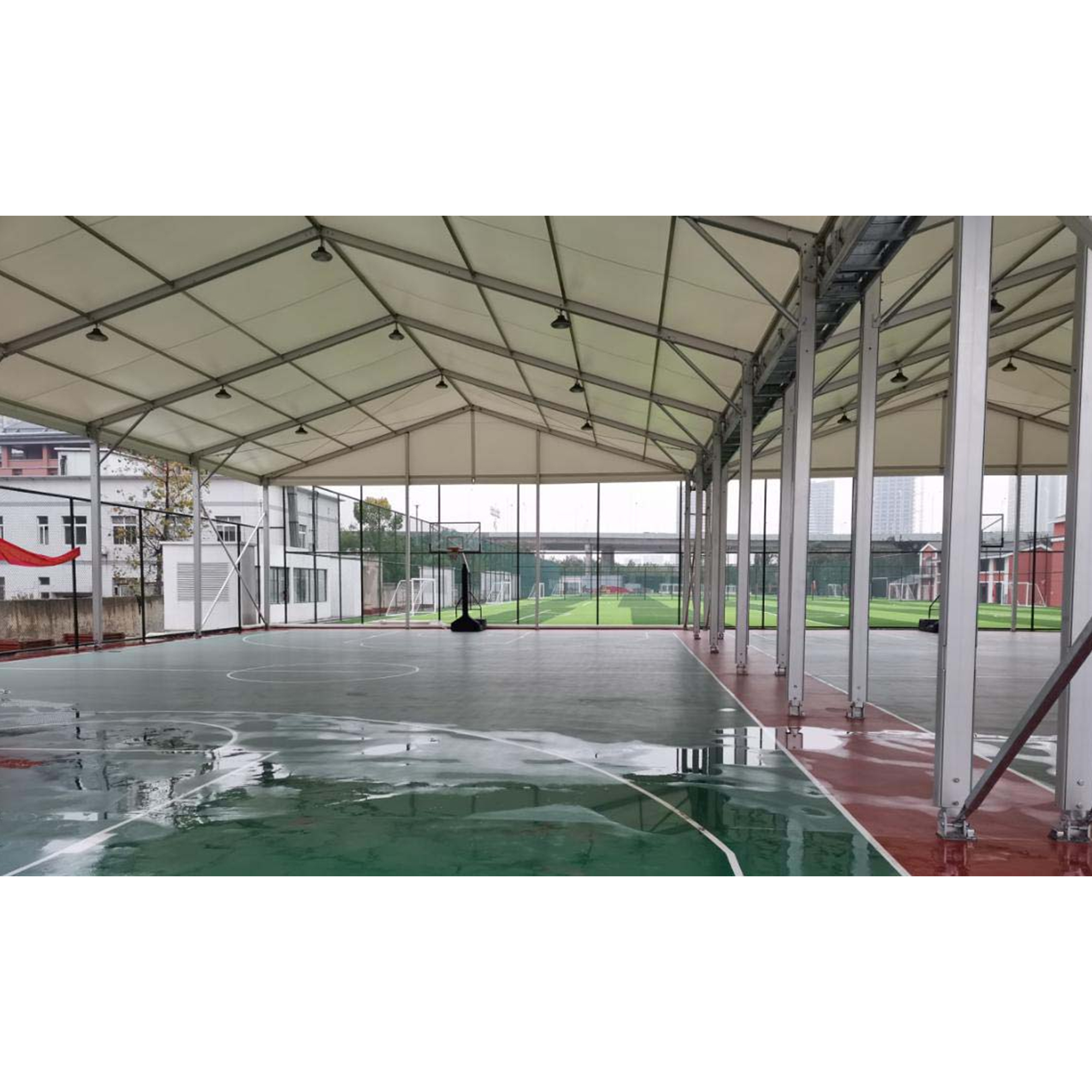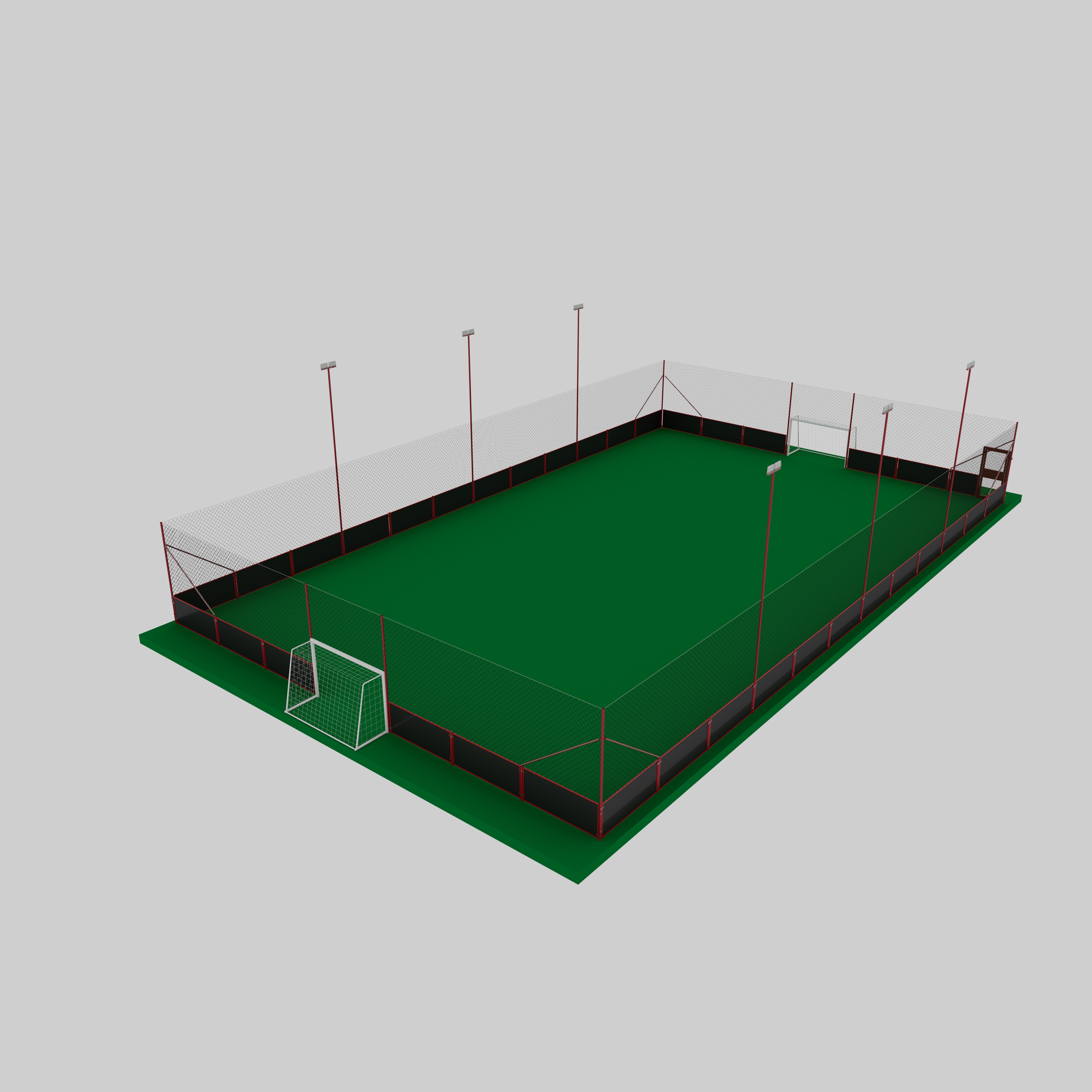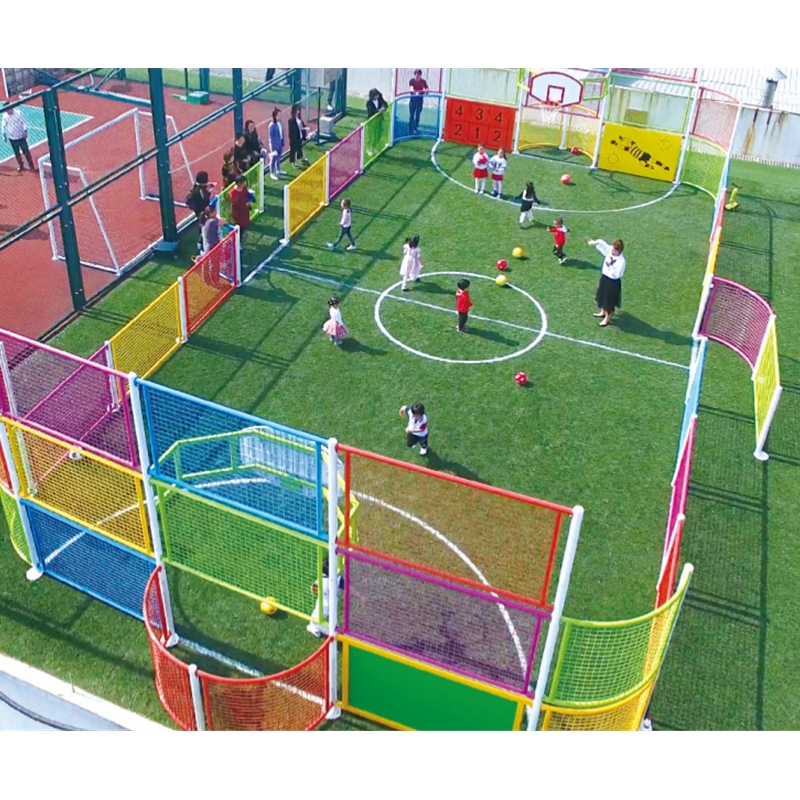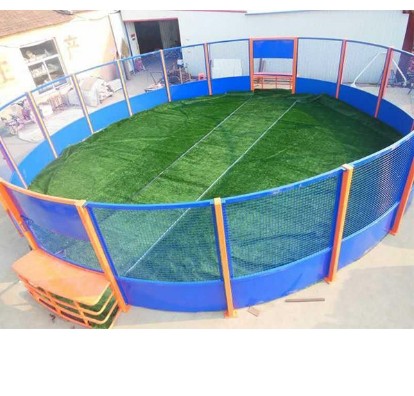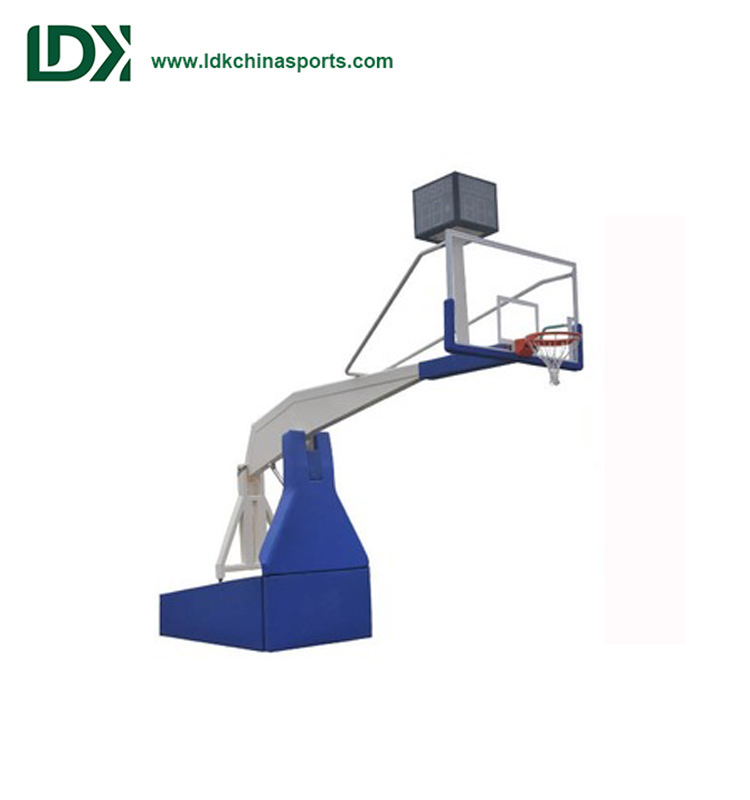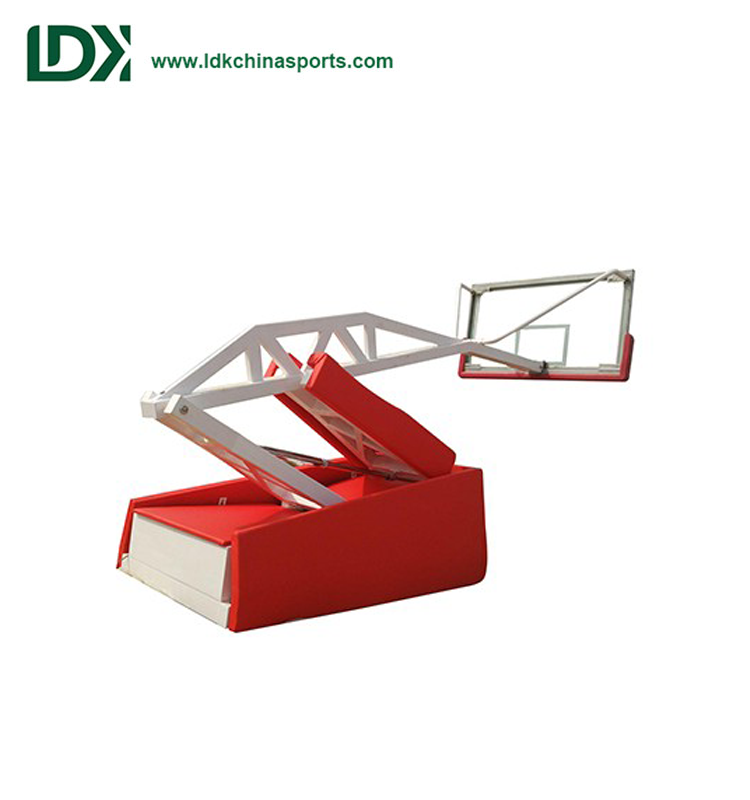It is spring and summer, and when you are walking in Europe, the warm breeze blows through your hair, and the afterglow of the afternoon warms up a little, you can unbutton the second button of your shirt and walk forward. In a grand yet gentle enough Football stadium. Upon entering, you pass through the layers and rows of seats, and at the end, the interaction between vision and touch is lush and lush. Under the sunlight, one can’t decide whether it is a “carpet” described as emerald green or faint green.
Modern football has begun to have many traditions, beliefs and habits, and its history has become long. The course dates back to the early 1960s. With the development of economic level, the intensity of investment and construction of football has become more and more perfect along with the development of many aspects of modern life. In the top flight, where it is worth spending a season ticket, it seems rare to see a bald pitch or muddy goal area in winter.
Advanced turf expansion technology, natural turfing, floor heating, and strong drainage circulation irrigation are used. The huge oval opening design at the top of the golf course ensures air circulation and maximizes sunshine hours in peacetime.
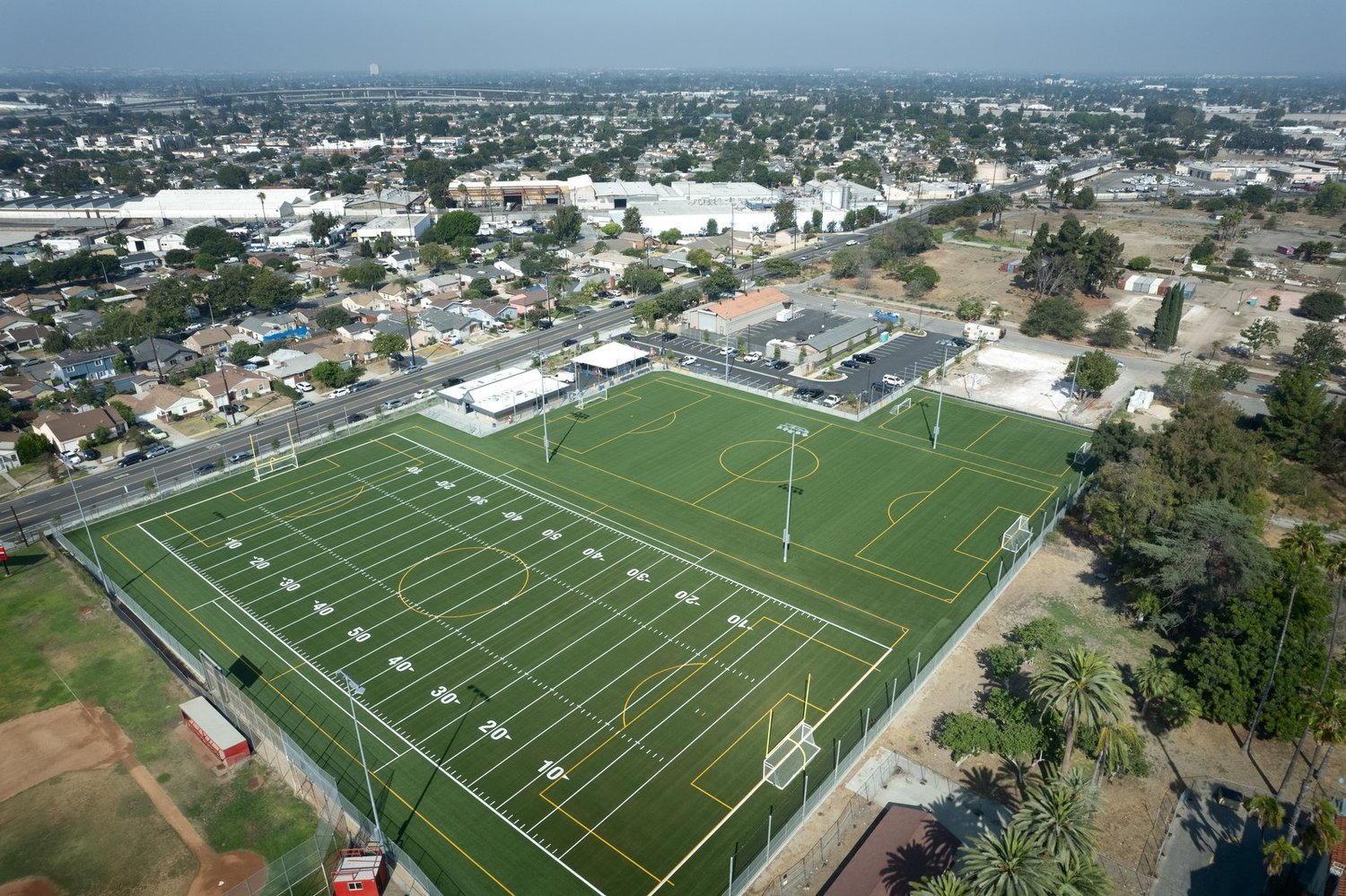
Known as the greatest manager in Manchester United’s history, Ferguson’s autobiography “Leadership” shares the management skills he developed during his football career and some tidbits about the pitch.
“The pace of play in the top flight today is much faster than it was 30 years ago, partly due to the introduction of the back-pass rule in 1992, but I think the main reason is because of the huge improvement in the grass on the pitch and these factors provide today’s players with A bigger stage. Oh, I bet today’s athletes run 15% more than they did in the 1960s.”
“Back then, all you did was prepare the field as best you could and that was it,” he explained. “You just put the signs out and do the best you can – no questions asked. Now it’s all about keeping players on the pitch and giving the coach the type of pitch he wants, no matter what he plays on Types of Football.
Early experiments with artificial surfaces found their way into English football in the 1980s. At the time, Queens Park Rangers and Luton Town became the first clubs in Europe’s major leagues to stage top-level football matches on plastic pitches.
In that era, clubs would use braziers and flamethrowers to try to melt the ice on the frozen ground. Another English club, Halifax Town, responded to the Great Freeze of 1963 by hilariously opening their stadium to the public as an ice rink.
Two other lower league clubs, Oldham Athletic and Preston North End, followed, although by 1991 Oldham had gained promotion to the top flight on a plastic pitch. The rules have changed and they have to return to natural grass. Since then, events have gradually modernized.
tenim un nom el sap tothom
Barça! Barça! Baaarça!
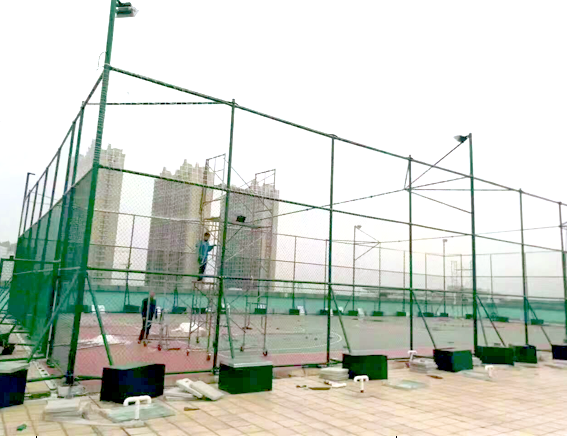
LDK caged football field fence
There is one club whose pitch watering has become as integral a part of their culture as their pre-match anthem: Barcelona.
The day before the 1994 Champions League final held at the Athens Center, Capello, then the head coach of AC Milan, announced that he had rejected the Catalans’ request to water the stadium. The Italian was very logical. Clarity: They were originally a dream team, playing this kind of total offense and total defense football. Why do they need to water the lawn before the game starts? The friction on the surface of the ball is reduced and the ball speed is increased. Isn’t this giving the tiger a pair of wings?
In fact, continuing Cruyff’s “beautiful” tradition, when Guardiola was the club’s coach, he would ask the stadium management to enter the locker room during halftime with the latest local data and consult with the coaching staff. How much water do you need during halftime?
His speed and fluidity in implementing tiki-taka tactics were an integral spectacle of the era, often witnessing lightning-fast counterattacks in the game.
“Everything depends on the speed of the pitch, how much water there is, the height of the turf, how hard or soft the pitch is, the traction of the pitch – if players slip – etc. Even one bad mistake can cost a club Tens of millions of dollars.”
Which brings us back to Sir Alex Ferguson’s point about changes on the pitch. A symphony of dirt, plastic and grass, the impact on the way the game is played is clear and innovation continues, with Europe’s elite currently favoring a broad, attacking style of Football, no doubt helped by the consistency and reliability of top-flight pitches. As technology continues to evolve, it will be interesting to see the impact it has on the games we all love.
Publisher:
Post time: May-31-2024

